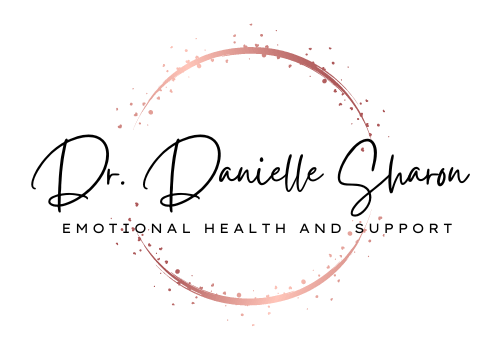Feeding Cues

Every time I present my class to expectant parents I ask this question, “How do you know when a baby is hungry?” I have yet to give a class where the common answer isn’t “crying.”
I then go on to give the couples the information I am about to give you.
Crying is actually a very late feeding cue. Many cues have happened before a baby will cry. If your baby ends up crying that means your baby tried to tell you in various other ways that he/she was hungry and ready to eat. If you missed the earlier cues and your baby starts to cry, do not worry, this is bound to happen sometimes. Perhaps you were on your phone, or sleeping, or not paying attention for a few minutes. It is okay if it happens, and you can just put your baby on your shoulder to calm her/him and then proceed to latch your baby. It is difficult to latch a baby who is very upset. Calming a baby first will help make that process smoother for both you and your baby.
Okay, back to cues. Newborn babies will feed very frequently and there is no wrong time to try a feed. If your baby is asleep and starts to wiggle around. You can pick up your baby, get her/him down to a dry diaper, and feed. Other early feeding cues to look for are smacking lips together, opening and closing mouth, sucking fingers, lips, or tongue. Almost anything a newborn does aside from sleeping and having a little quiet alert time, is likely a feeding cue. If a baby is not hungry, he/she will not eat. This is a benefit of breastfeeding because babies are in control of their intake. Sometimes, that is not the case with a bottle.
If you have missed these early cues for one reason or another (hopefully you were sleeping), then your baby will display more active feeding cues. These include rooting (a baby opening his/her mouth to the side in search of the teat), fidgeting, squirming, hitting you, quickened breathing, and fussiness. If you missed these more active feeding cues, then babies move on to the late cues, including frantically moving head side to side and crying. To reiterate, this will happen at times. Be patient and kind to yourself. Calm your baby on your shoulder and then try to latch.
It is great to notice the early cues because it makes latching easier. Also, calm babies have more patience when you are both learning the new language of breastfeeding. However, if you end up latching your baby after active cues or even late cues, it is okay. Stay calm and patient with yourself and your baby. Learning to breastfeed is like learning a new dance with a new partner. Your baby was used to being fed automatically in your womb. Getting proficient at feeding will take time and experience. Good thing babies often eat 12 or more times in 24 hours. Lots of practice! Never hesitate to try breastfeeding any time your baby seems discontented for any reason. Breastfeeding was designed to soothe and provide security in any situation. There is no such thing as “your baby is using you for a pacifier.” A pacifier was developed due to the soothing nature of the teat! It is absolutely okay and healthy for your baby to suckle at your breast for comfort and to fall asleep there. Hormones in breastmilk are designed to put your baby to sleep. Breastfeeding is not just for ingesting calories.
Once you both learn your new dance, you will become wonderful partners who do not have to put much effort in to knowing what your baby is needing from you. You will have your own special language and be in sync with each other. When this happens, it feels wonderful. You and your baby have a symbiotic relationship, as it is designed to be. There is no reason to promote any form of separation or independence. As babies get older, if they have a secure attachment with their primary caregiver, they will do this naturally on their own. Please reach out to me for more information on feeding cues and anything breastfeeding and baby sleep!
